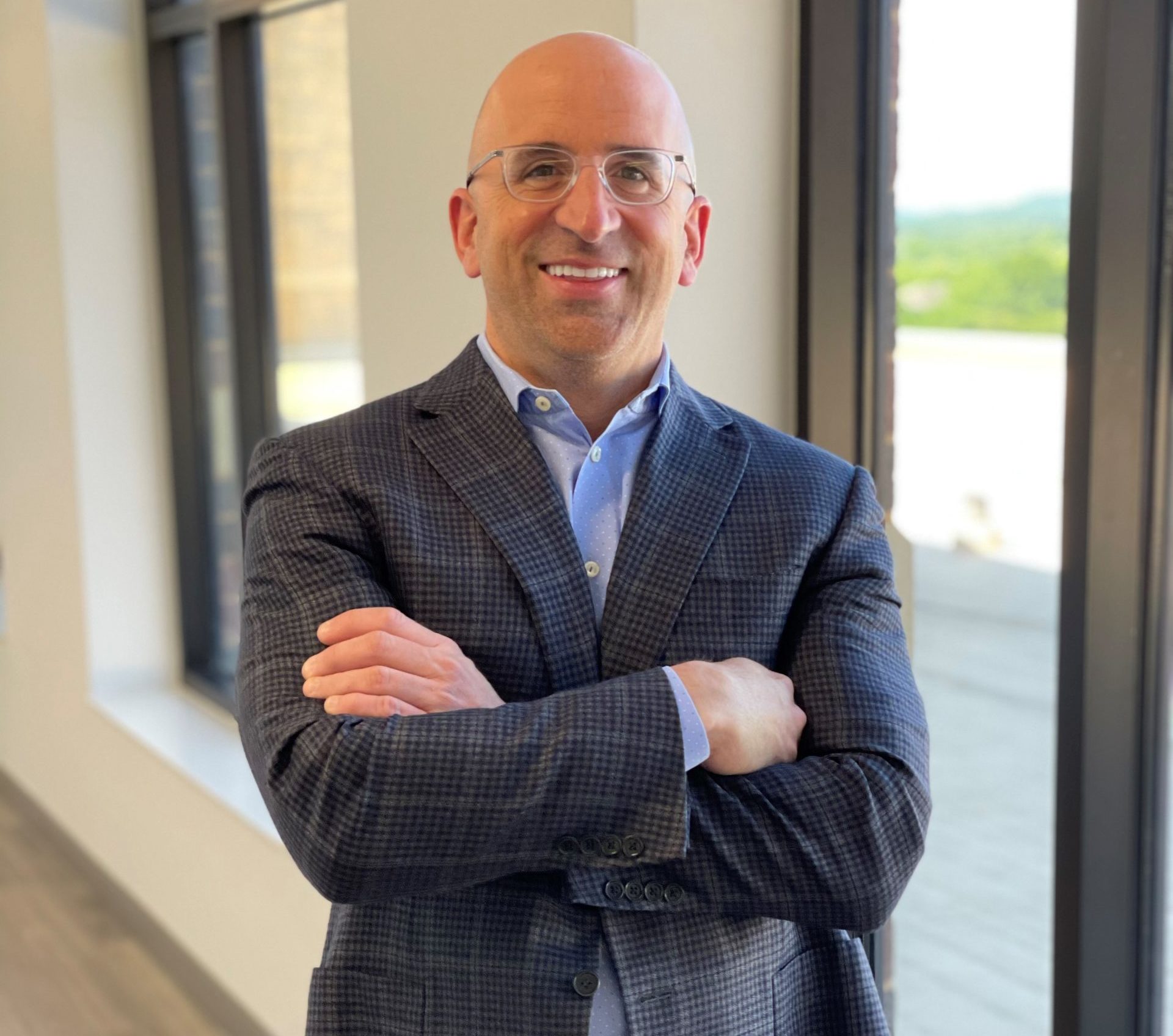19 Aug Hip & Knee Surgery Advances at Bone and Joint Institute of Tennessee

Hip and knee replacement surgeries have seen significant advancements over the last 20 years. Many procedures today are so effective that, as Cory Calendine, M.D. at Bone and Joint Institute reports, “The biggest patient complaint I get after joint replacement is: ‘Why didn’t I do that earlier?’” Dr. Calendine’s initial interest in joint replacement surgery came from the satisfaction of fixing major problems for patients so they can get back the life they love and enjoy. “Patients often come to me with complete bone-on-bone arthritis,” he says. “With a joint replacement, we can fix the problem. Joint replacement cures arthritis. These patients do so incredibly well.” 

WS: WHO IS A GOOD CANDIDATE FOR JOINT REPLACEMENT SURGERY?
Dr. Calendine: The common thought process is elderly people on a walker – and certainly, a portion of those people have bone on bone arthritis and are candidates. But now patient demand for joint replacement is so much bigger that younger people are coming to us for joint replacement with higher expectations. No longer are most people waiting until they require walkers. They are coming to us much earlier. Patients are more active and getting treatment much younger than previously. 

WS: TELL US WHY YOU SO FREQUENTLY USE THE ANTERIOR APPROACH FOR HIP REPLACEMENT SURGERY.
Dr. Calendine: The vast majority – probably 95% of the hip replacements I do – are done through the anterior approach, which allows us to go in between two muscles without cutting the muscles. Although still performing a full hip replacement, this approach allows people to recover faster and with less pain. It is a newer technique but growing in popularity. Nationwide, anterior approach probably only accounts for about 50% of hip replacement surgeries. 

WS: WHAT ARE SOME OF THE RECENT TECHNOLOGICAL ADVANCEMENTS IN JOINT REPLACEMENT?
Dr. Calendine: There have been many improvements in joint replacement surgery, including many improvements around robotics. We can now get a CT scan before surgery and use this 3D information during the procedure. It is kind of like a next-level GPS for your car. Robotics gives the surgeon extra information for precise placement. Also, as part of our robotics program and outpatient joint replacement program, we are able to host multiple surgeons each year to receive training on the techniques we use. We are also developing new implants. I’ve been part of a team designing a new hip implant that hopefully will allow for a better fit for the patient and faster recovery. 

WS: LET’S TALK ABOUT REVISION HIP AND KNEE SURGERY. WHAT CHALLENGES ARE THESE PATIENTS FACING, AND HOW CAN THEY GET HELP AT BONE AND JOINT INSTITUTE?
Dr. Calendine: The implants are mechanical parts and sometimes the parts can fail over time. That requires revision (or redo) surgery. These cases are much more difficult because there is less bone to work with due to having had prior surgery. There’s also more scar tissue. These are some of the most challenging cases we see. Here at Bone and Joint Institute of Tennessee, we challenged ourselves to become a referral center for these cases. There is typically a surgical fix for these patients. 

WS: WHAT DO YOU ENJOY MOST ABOUT YOUR WORK?
Dr. Calendine: Somebody told me years ago that if you want to make an impact, you have to meet people in their time of need. And it just so happens that my job allows me to do exactly that by offering patients a true cure for their pain. Their success is what makes my job so great. Hip and Knee Replacement at Bone and Joint Institute of Tennessee For more information about hip and knee replacement at Bone and Joint Institute of Tennessee, contact Cory Calendine, M.D. Call (615) 791-2630. You can also schedule an appointment online.
